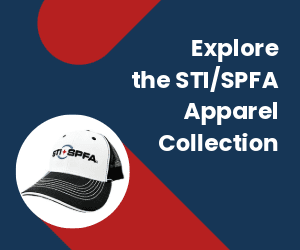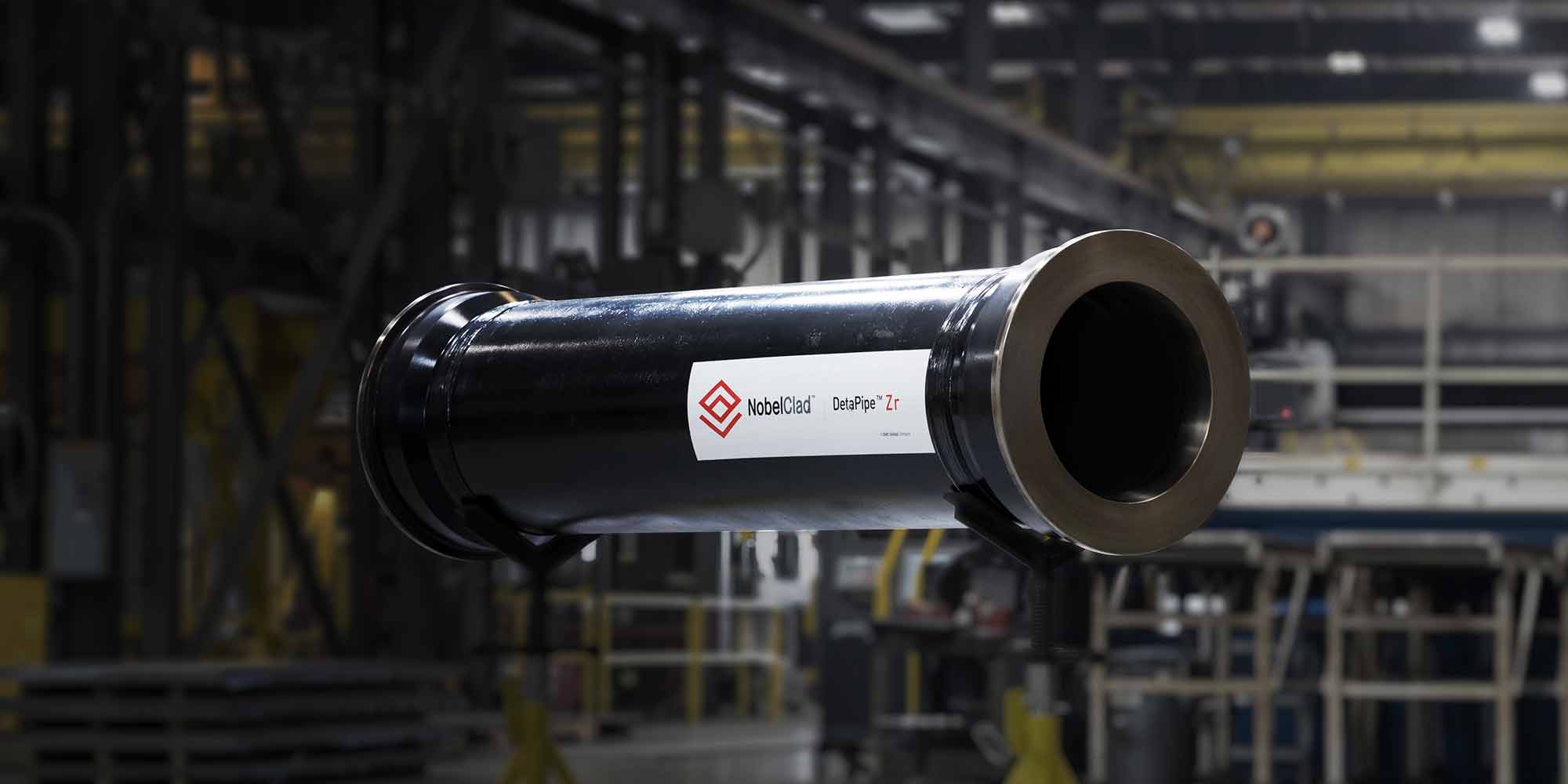Given the shortfall in resources needed to restore declining infrastructure in the water sector, “run to failure” is no longer a viable option. Maintaining assets in a well-designed asset management program allows utilities to optimize financial resources and achieve their sustainability goals.
Defining Terms
In January 2018, to help the water sector develop a clear and common under standing of what asset management and sustainability mean, several members of AWWA’s Asset Management Committee prepared the AWWA Asset Management Definitions Guidebook. The guidebook was a collaborative effort and has proven to be a useful tool for anyone who wants to understand asset management concepts. Now there’s an accepted common language around asset management and sustainability in the water sector.
The guidebook defines asset management as follows:
The coordinated set of activities within an organization to realize the overall value from all Assets through stronger governance and accountability. More specifically in the water industry it is the combination of management, financial, economic, engineering, and other practices applied to all assets (infrastructure, people, processes, and systems) with the objective of providing the required Level of Service at an acceptable level of risk at an optimal Life Cycle Cost.
Note the core concept of asset management requires obtaining an “optimal life cycle cost” as the key objective. Unfortunately, the procurement practices of many municipalities and water sector utilities don’t necessarily align with this objective. Rather they follow an outdated procurement process, often mandated by state or local statutes, of soliciting a minimum of three bids and awarding projects based solely on the lowest capital cost.
Often, the “low bid” doesn’t necessarily offer the lowest life cycle cost or the most sustainable solution due to differences in service life. The vendor offering the longest service life or an innovative solution is often the vendor offering the lowest life cycle cost. Or said another way, the lowest up-front, or initial, cost for a particular asset may include dated technology with a shorter service life, resulting in the highest life cycle cost. Current procurement practices based on initial capital cost alone will overlook such considerations. In fact, AWWA’s Innovation Initiative, which was launched by the AWWA Manufacturers/ Associates Council (MAC) in 2013 and has been striving to advance a culture and structure for innovation to address the challenges facing the water industry, identified such “or equal” procurement practices as one of five major barriers to innovation in the industry.
The guidebook also defines sustainability as follows:
In the context of Asset Management, Sustainability refers to the designing, building, operating, and funding of infrastructure assets in ways that do not diminish the social, economic, and ecological processes required to maintain human equity, diversity, and the functionality of natural systems. The integration of Asset Management and Sustainability is possible due to the overlap of core concepts inherent in both frameworks. Sustainability’s focus is on the life cycle (planning, design, construction, operation, maintenance, repair, and replacement) where a Triple Bottom-Line Analysis can be performed.
An interesting asset management sustainability nexus exists, as both concepts focus on life cycle and life cycle costs. As for a triple bottom-line analysis, in layman’s terms, it means you consider an asset’s cost as well as its environmental and societal impacts. One can see how this approach conflicts with the traditional procurement process, which is designed to only consider an asset’s lowest initial cost, ignoring the other two equally important costs that can significantly impact overall life cycle cost.
Finding Common Ground
Because of the asset management sustainability nexus, it’s easy to obtain both asset management and sustain ability goals simultaneously. Consider the impacts of a typical water distribution line replacement or water tank rehab project. If the “solution” for the replacement or rehab offers the longest service life, in most cases, it will yield the lowest life cycle cost and the most sustainable solution. If the solution pushes off further into the future the need for rehab or replacement, meaning longest service life, it will also mean less environmental and societal impacts-therefore, representing the most sustainable solution. The key to obtaining both asset management and sustainability goals is to achieve the longest service life possible with the lowest life cycle cost.
So how can a municipality or water utility innovate to align its asset management and sustainability goals with its procurement model while adapting a procurement model that requires it to obtain three bids and accept the lowest bid? What might some changes look like? Here are a few suggestions:
- Remove language in the bid documents and/or specification mentioning it seeks the “lowest bid.” Then insert language about desiring the lowest life cycle cost and/or the longest service life possible.
- Insert language around sustainability goals and that the municipality or water utility seeks the most sustain able solution/offering. State it will use a triple bottom-line approach to evaluate the sustainability of all solutions/offerings.
- Require that bidders provide information on relevant key parameters such as performance test data and case histories so the associated life cycle cost can be more accurately determined. It may be necessary to revise existing state or local statutes to include the option to procure the lowest life cycle cost and most sustainable solutions.
As the water sector continues to embrace asset management and sustainability concepts, further education is needed around innovating best practices and their alignment with procurement practices. AWWA’s MAC members live in the world of procurement and could help with this important education effort. Please contact either of us if you’d like to discuss this topic further or need help educating others about how to align their asset management and sustainability goals with their procurement practices.
This article was originally published by Opflow and was republished with permission.
Post Category
- News Article
Topic
- Maintenance
- Steel Water Pipe
- Water Storage Tanks
Published Date
June 6, 2024






